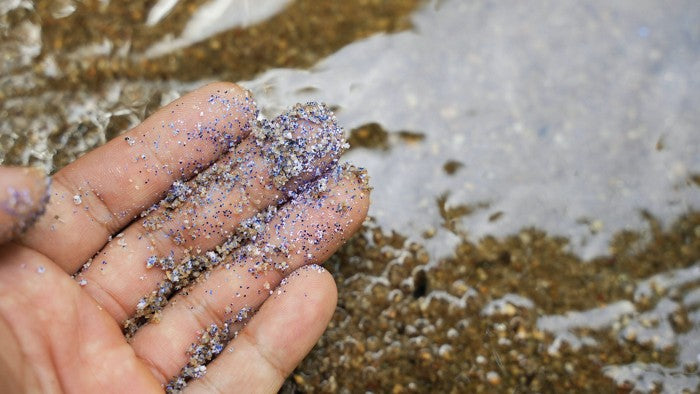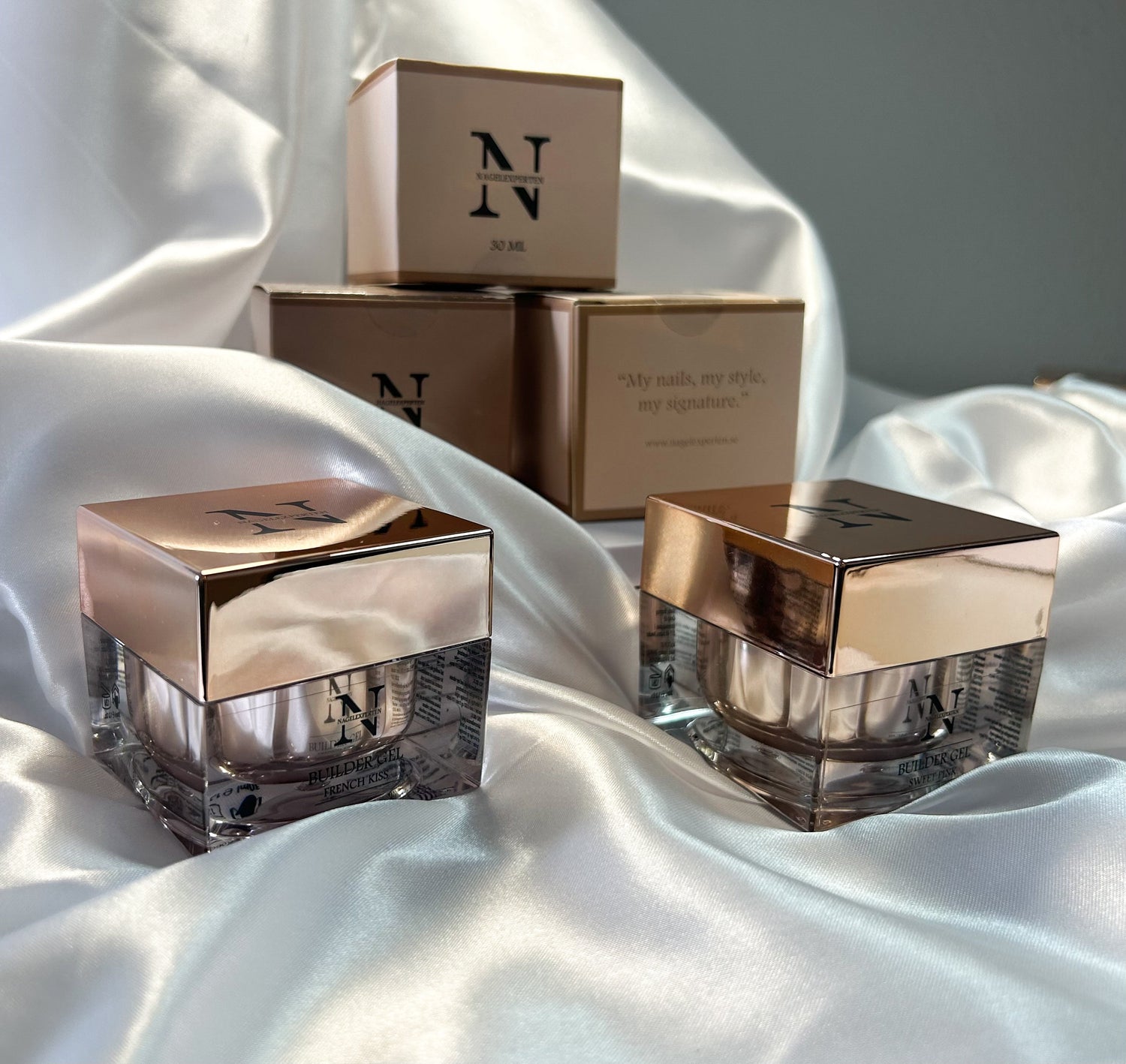
Europe takes a stand against microplastics with a ban on loose glitter
As many of you have probably already heard, as of October 17, 2023, there has been a ban on loose glitter containing microplastics.
We at Nagelexperten think this is a fantastic step in the right direction to reduce the plastic that ends up in nature.
We have of course followed this closely since we are one of the industries covered by the new law. Therefore, we at Nagelexperten have already come a long way in the process of finding alternatives so that you as customers can buy our fine glitter without affecting the environment! You can find our environmentally friendly glitter here:
https://nagelexperten.se/collections/glitter
(PS! We are now expecting even more beautiful colors of our eco-glitter, so stay tuned and lots of nice things will appear soon!)
For those of you who are curious to read more about Europe's new law on microplastics, we have written a summary below:
In a world where environmental awareness is becoming increasingly important, Europe has taken a powerful step forward by banning loose glitter containing microplastics. This groundbreaking decision is a step in the right direction to combat the global plastic crisis and preserve our oceans and ecosystems for future generations. In this blog post, we will explore why Europe has taken this important step and what positive consequences it could bring.
Microplastics: A hidden enemy
Microplastics are small plastic particles that are less than five millimeters in diameter. They can come from a variety of sources, including decomposing larger plastic products and microplastics used in cosmetics and hygiene products. Loose glitter containing microplastics is one of the most common sources of these harmful particles. When used in makeup, cosmetics, crafts and decorations, they can easily spread in the environment and even find their way into our waterways and oceans.
The vulnerable ecosystem of the oceans
Microplastics pose a serious threat to our ocean and lake ecosystems. These tiny particles can be ingested by marine organisms, which can lead to them moving up the food chain. They eventually end up on our plates when we consume fish and shellfish. In addition to the direct impact on wildlife, microplastics can cause damage to the reproductive and digestive systems of marine organisms.
Health risks to humans
Research has also shown that microplastics may pose a health risk to humans. These tiny particles can potentially be absorbed into the body through the skin or breathed in, and there are concerns about their possible long-term impact on human health. While more research is needed to understand the exact health risks, it is clear that limiting exposure to microplastics is a preventative measure.
Europe's leading role
Europe's decision to ban microplastic glitter is a clear signal of its commitment to combat plastic pollution and protect our aquatic environments. By taking the lead on this issue, Europe is showing the way for other regions and countries to also act on this global challenge.
Alternatives to microfiber-based loose glitter
There are a wide range of eco-friendly alternatives to loose glitter that contains microplastics. Biodegradable glitter alternatives made from natural materials like cellulose or algae extract are a great choice for those who want to continue creating amazing makeup and decoration looks without compromising on the environment.
Conclusion
Europe’s ban on microplastic glitter is an important step towards reducing plastic pollution and protecting our oceans and ecosystems. By choosing eco-friendly alternatives and being aware of our consumption habits, we can all contribute to a better future for our planet. Let’s all take part in this initiative and be part of the global effort to combat the plastic crisis.

